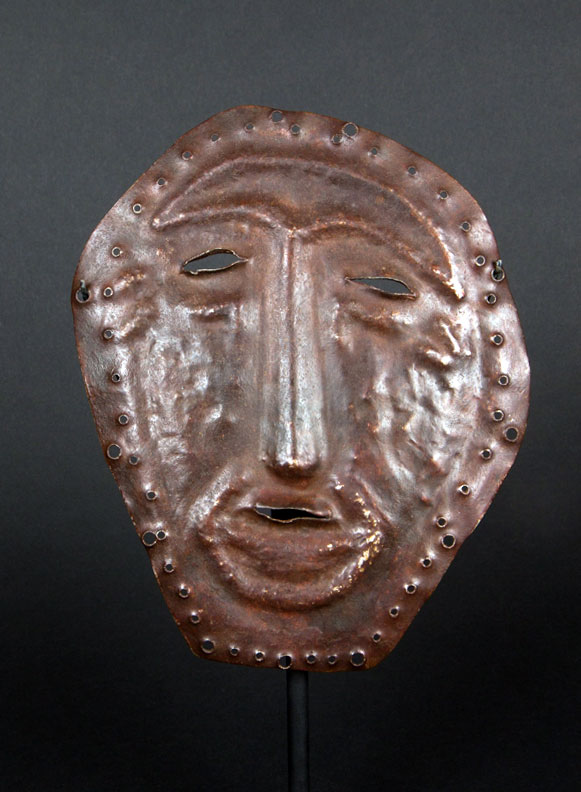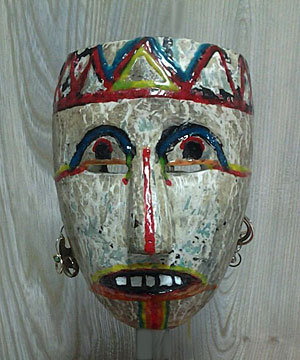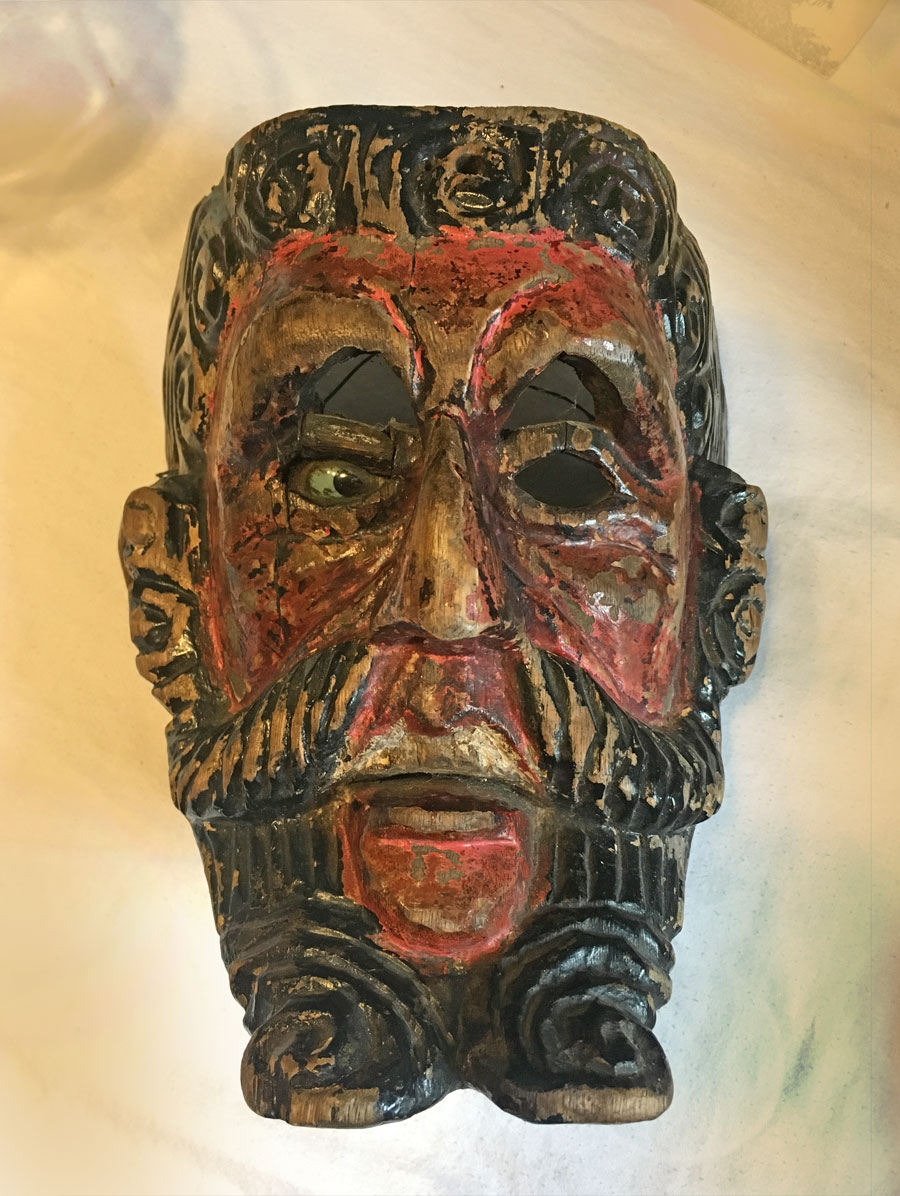 Most of the African masks you see on the market today are quickly-made fakes. They always look old and worn. Some are carefully-made reproductions which can be very convincing. Marketing masks is a huge business in Africa.
Most of the African masks you see on the market today are quickly-made fakes. They always look old and worn. Some are carefully-made reproductions which can be very convincing. Marketing masks is a huge business in Africa.
If you’re like me, you want your African mask collection to be authentic. The problem is that I would have to pay at least a few thousand dollars each. But I started about 50 years ago, so I have a few.
I have another way of getting an authentic African masks. Search for masks that look like no Caucasian tourist or collector would want them. Pictured here is probably an old and well used mask from the Ibibio people of Nigeria, West Africa. However, this is not the way vendors sell souvenirs to Europeans and North Americans. And that is why they are priced for very little when you occasionally see one.
The Ibibio live in southern Nigeria, west of the Ibo, near the Cross River delta. The ‘Ekpo society’, a male association, has considerable influence on the social and religious life of the Ibibio. The ‘Ekpo society’ is in charge of organizing the initiation rituals of the youth, the cult of ancestors as well as the protection of the community in ceremonies and dances. A






One Comment
Alicia
I don’t have many African masks because I’ve read your caution that most are made for the tourist trade, not culturally used, and aren’t old even if they look old. I wanted to tell you that you’ve made public my secret. I look for masks that are too ugly for anyone to want, such as my two helmet masks that have encrustations. I know that encrustations are sometimes added when the masks are worn in ceremony, but I was wondering if they also serve another purpose. Would encrustations be used to ward off insects such as termites?
Also, even though an African mask may not be authentic, could age sometimes mean that better materials were used and more time spent on crafting them?
Thanks for your input!